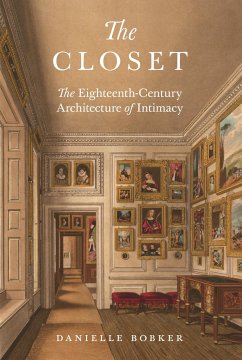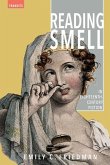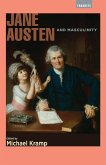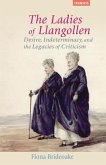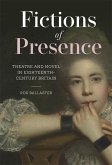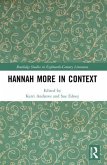"In early modern English interior design, closets provided royalty with secluded places for reading, writing, and storing valuables, as well as for nurturing the shifting alliances on which the politics of the day depended. Admission to the closet was contingent solely on the owner's approval, and the criteria for admission were necessarily opaque. Later, in the houses of nobility and, increasingly, those of the middle class, private rooms served as prayer closets, curiosity cabinets, dressing rooms, libraries, galleries, and impromptu bedrooms. Merging with the privy and the bath, they were remade as earth closets or water closets and bathing closets. In these new iterations, closets remained important spaces where physical closeness or the exchange of knowledge, or both, could take place. The Closet proposes that the closet's material proliferation had a distinctive relationship to literature. Drawing on work by Samuel Pepys, Jonathan Swift, and Laurence Sterne, among others, the author argues that eighteenth-century writers were curious about closet relations as such-including favoritism, patronage, and voyeurism-and also turned to the closet as a figurative bond between author and audience. Dozens of texts published in the seventeenth and eighteenth centuries were described by their writers or publishers as closets or cabinets, such as the novella "Miss C----'s Cabinet of Curiosity," containing knowledge that originated in courtly closets, prayer closets, and similar intimate spaces. The closet's longstanding associations with intimacy across social divides made it a touchstone for exploring the attachments made possible by the decline of the court, on one hand, and the proliferation of print, the first mass medium, on the other"--
Hinweis: Dieser Artikel kann nur an eine deutsche Lieferadresse ausgeliefert werden.
Hinweis: Dieser Artikel kann nur an eine deutsche Lieferadresse ausgeliefert werden.

